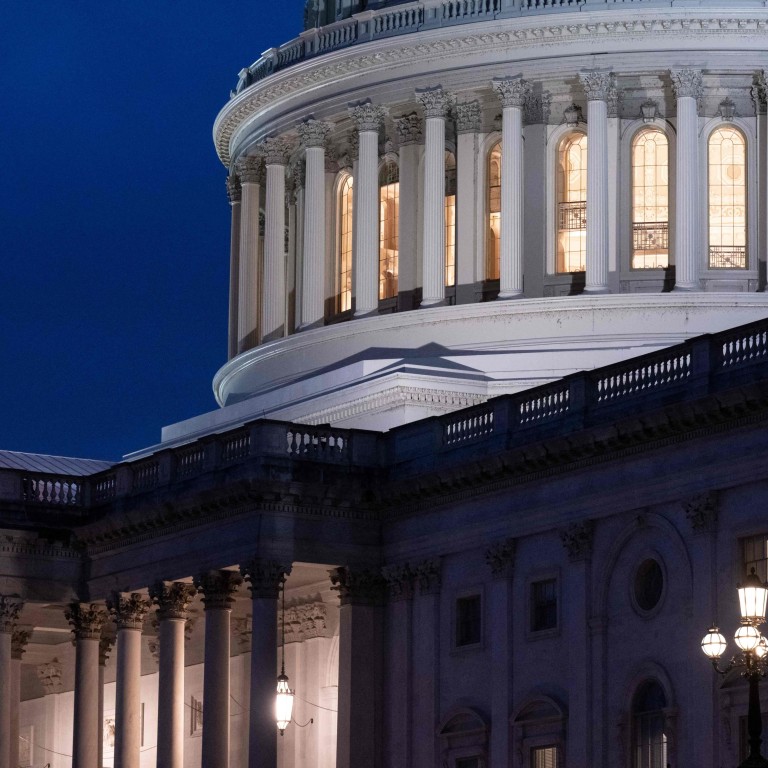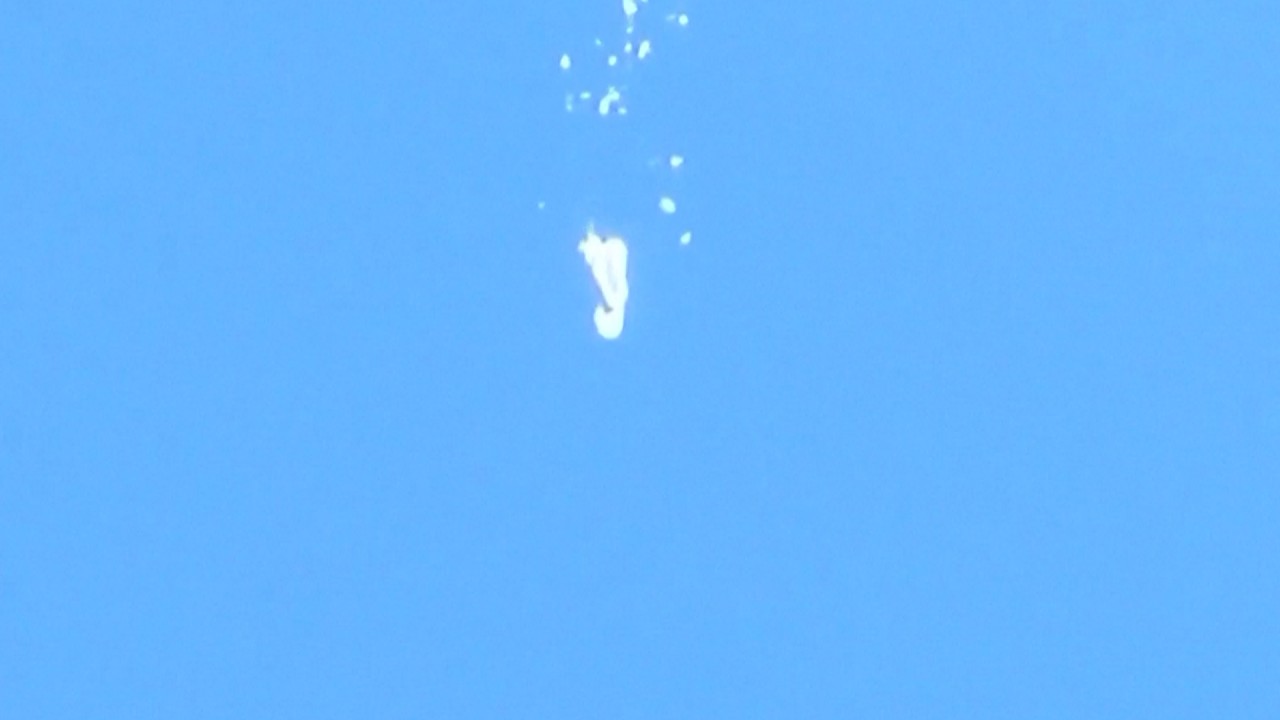
‘Spy balloon’ has darkened diplomatic skies over US and China
- The predictable outrage from China hawks in Washington over the suspected spy balloon has pushed Biden into another political corner
- A wholly avoidable blunder on Beijing’s side, the incident has for now deflated hopes of de-escalating US-China tensions
Unlike the superficial serenity of a national party congress in Beijing, where delegates commune with the leader in respectful Confucian fashion, the cavernous House of Representatives, packing in both Senate and House members for the special annual event, will more resemble a farmer’s barn of hooting owls and braying animals than of an exemplary chamber of a putatively premier legislature.

Do seriously influential sectors within both superpowers desire war? Some gung-ho warriors on both sides of the Pacific Ocean do appear to be locked and loaded for action; certainly, the beaks of these hawks do not stay wrapped up.
The penchant for pessimistic prediction edges toward paranoia. No one needs to be woken up about China’s rising capabilities; we are not unsoundly asleep regarding its impressive naval build-up. Yet many seem to be losing sleep over the “China threat” – an unhealthy obsession for which you can also thank a parallelism of Chinese wolf-warriors.
The US – or at least reasonable sectors of its otherwise set-in-cement foreign-policy establishment – was said to comprehend, finally, that “containing” China, even if practical (it is not), is less a policy than a prescription for friction. Perhaps a truer sense of where we really are instead of where we should be was surfacing. Simply repeating the old tropes and lessons of the Cold War won’t get us to a better bilateral future.
The contours of a proper superpower policy can be shaped by common-sense principles. The first is the absolute need to avoid the risk of nuclear warfare. Seriously, anyone who requires persuasion on this point should seek psychiatric help.
The bottom line is that, just as China is trying to get its superpower act together, the US is trying to hold dearly onto its superpower status. Both goals are achievable only if the two are not trying to crush the other from here to eternity.
Instead of referring you to some foreign-policy expert to nail down this point, permit me the eccentricity of quoting a legendary Hollywood sage, David Niven, whose 1971 memoir had the title The Moon’s a Balloon: “Looking at a problem the same way over and over again,” he pointed out, “is entirely unproductive.”
Yet here we are. Whatever clan was behind the balloon surveillance mission, whoever authorised the continuation of that operation from the mainland, you have to say – at least in retrospect – were two Beijing blokes possibly with the Chinese equivalent monikers of Dumb and Dumber.
Much ado about a big white balloon
But how about the US reaching into its cowboy gun holster for its F-22 Raptor fighter jet to shoot it down? Trigger-happy Americana, sure, but once the balloon drifted into the jet stream of the lead story on CNN, and just about everywhere else, what choice would any American president (of any political party) have but to order it to be shot down?
Get a grip on reality, Beijing. Upgrade your game. This has turned into a big bad balloon for a misbegotten relationship.
Author and clinical professor Tom Plate is Distinguished Scholar of Asian and American Studies at Loyola Marymount University, and vice-president and board member of the Pacific Century Institute in Los Angeles


